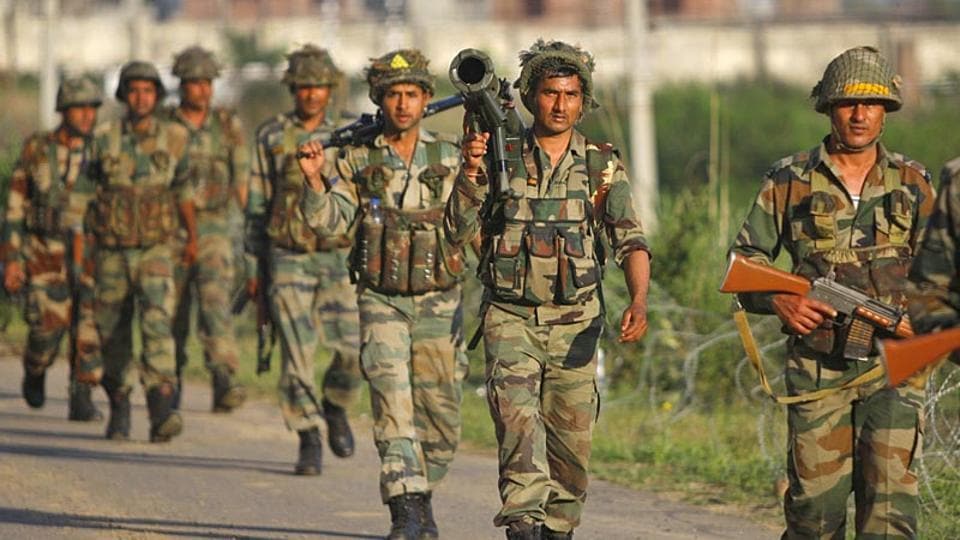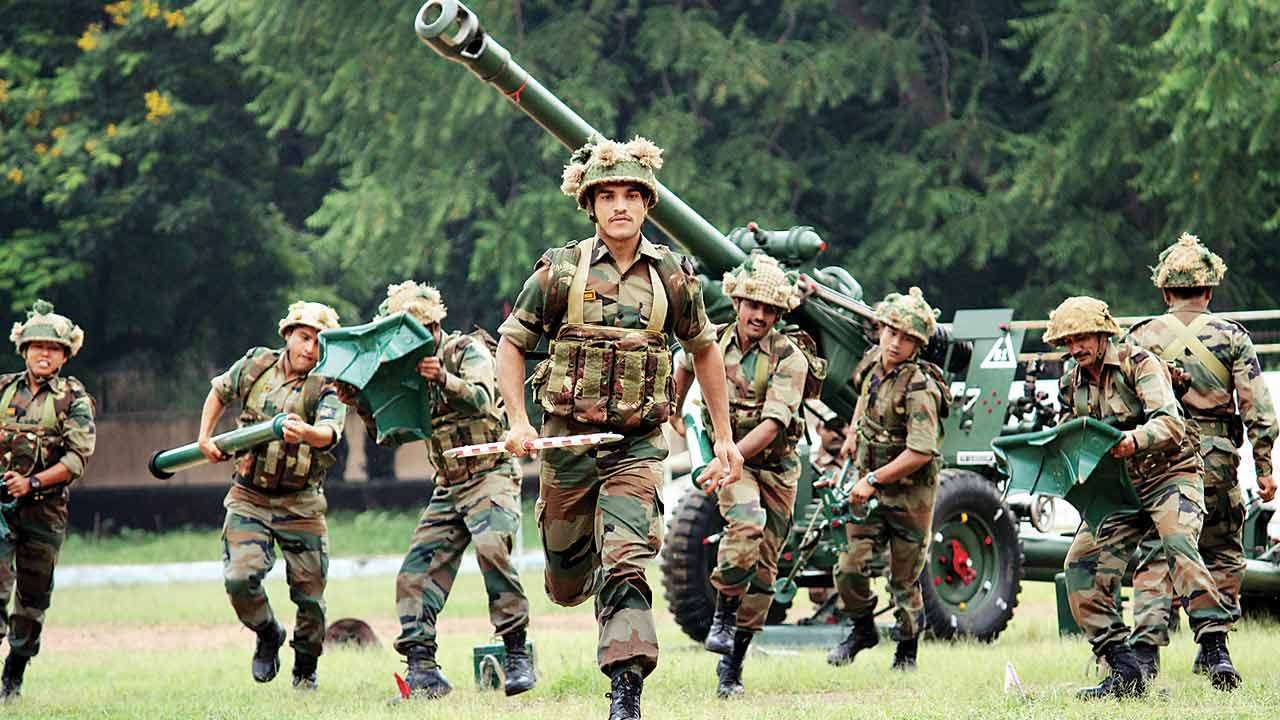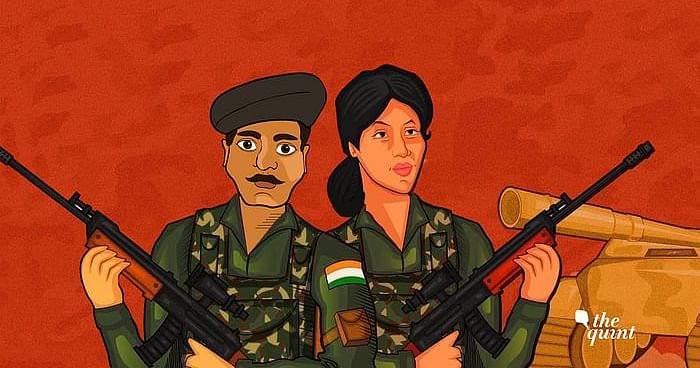Why Indian Army plans a reduction of 1,00,000 men?
The Army is also focusing on the infantry soldier manning the border
There's a strong possibility of you getting a forward on social media these days, criticising Indian Army's proposed move of reduction in manpower.
What it probably won't mention is that it concerns the 'non-essential' manpower. So what is it, really and, more importantly, how and when is the reduction going to happen?
Essentially, the idea is to modernise the armed forces with the heavy infusion of cutting edge technology including Artificial Intelligence (AI), cyber warfare capability, space technology to serve small tech-intensive Integrated Battle Groups (IBF), of a tri-service nature.
To achieve that objective within limited budgets, the following steps are essential: Maintaining a healthy Teeth-to-Tail - or combat vs non-combat ratio The 'teeth-to-tail ratio',
in military parlance, is the amount of military personnel it takes to supply and support each combat soldier. While both 'teeth' and 'tail' soldiers may find themselves in combat or other life-threatening situations, 'teeth' soldiers are those whose primary function is to engage in combat.
The Army said, as detailed in the 20th standing committee report released last month, that some reduction in manpower remains the ultimate goal.
"It is an ongoing process; if you recollect, when Gen. V.P. Malik was the Chief, he thought of a reduction of 50,000 men. Our aim in the next three to four years is a reduction of about 1,00,000 men and this money that we are going to save because of the manpower costs, the government has assured us that this money will be cycled back to us for imbibing technology," the committee was told.
Outsourcing, the new age mantra
So, while several blueprints of plans to reduce the Army manpower have been prepared over the past couple of decades, the reduction of the 'non-essential' manpower may finally begin after the massive upgradation of internal infrastructure done in the recent years, especially in the border areas.
The repair workshops are opening in forward locations and the Indian Army is consistently working on shortening its logistics tail and work on the Integrated Battle Group, or the IBG, concept. The small units will have a small logistics tail which too shall be outsourced.
The committee was told that, if in need of repair or service, an Army Tata vehicle no longer needs to be sent to Army Base Workshops (ABWs). With Tata workshops now operating even in places like Silchar and Guwahati, it can be sent straight to the facility run by the manufacturing company.
A couple of years ago, while reviewing the functioning of different organisations including defence workshops, the government had decided to corporatize eight Army Base Workshops on Government Owned Contractor Operated (GOCO) model while disbanding two ABWs, one Static Workshop and four ordnance depots.
With workshops being put on the GOCO model, the manpower can be shifted to other divisions, including space, cyber and Artificial Intelligence.
Saving manpower, infusing technology
Last year, during the first anniversary of Balakot air strikes, Defence Minister Rajnath Singh had termed hybrid warfare a reality and had emphasised the need to reorient the training of soldiers to meet the challenges posed by it. With AI, high-speed weapons and space-based sensors and tools having a significant impact, he stressed that there was an urgent need to imbibe new technologies and use existing capabilities in innovative ways.
With India being a witness to a number of skirmishes in the region, CDS General Rawat too realises the fast-changing geopolitics around the globe. Time and again, he has called for maintaining credible deterrence in land, air and at sea at all times, saying that the three Services must work together concurrently to deal with any potential threats, based on the principle of theater commands.
"Credible deterrence comes from the will of the military leadership and intent of the political class while taking tough decisions. This was amply shown after the Kargil, Uri and Pulwama attacks," General Rawat had said earlier.
With the whole concept of war undergoing transition, the Ministry of Defence is now working on introducing modern technologies, which though costly will save on manpower and even money in the long run.
"For example, let us say there is a hill feature which we are occupying. Today we occupy that hill feature with 120 men which is a company. But if that same company is given technology which ensures that it has got a complete transparency within 2000 meters of what is available there and has got weapon systems to engage, it can do the same task with about 80 men. That is what we are looking at in the future," the committee was told.
At the same time, while looking at imbibing technology, the Army is also focusing on the infantry soldier manning the border.
"We want to give him a modern rifle; we want to give him a modern surveillance system; we want to give him technology that he can imbibe."
There's a strong possibility of you getting a forward on social media these days, criticising Indian Army's proposed move of reduction in manpower.

www.tribuneindia.com




